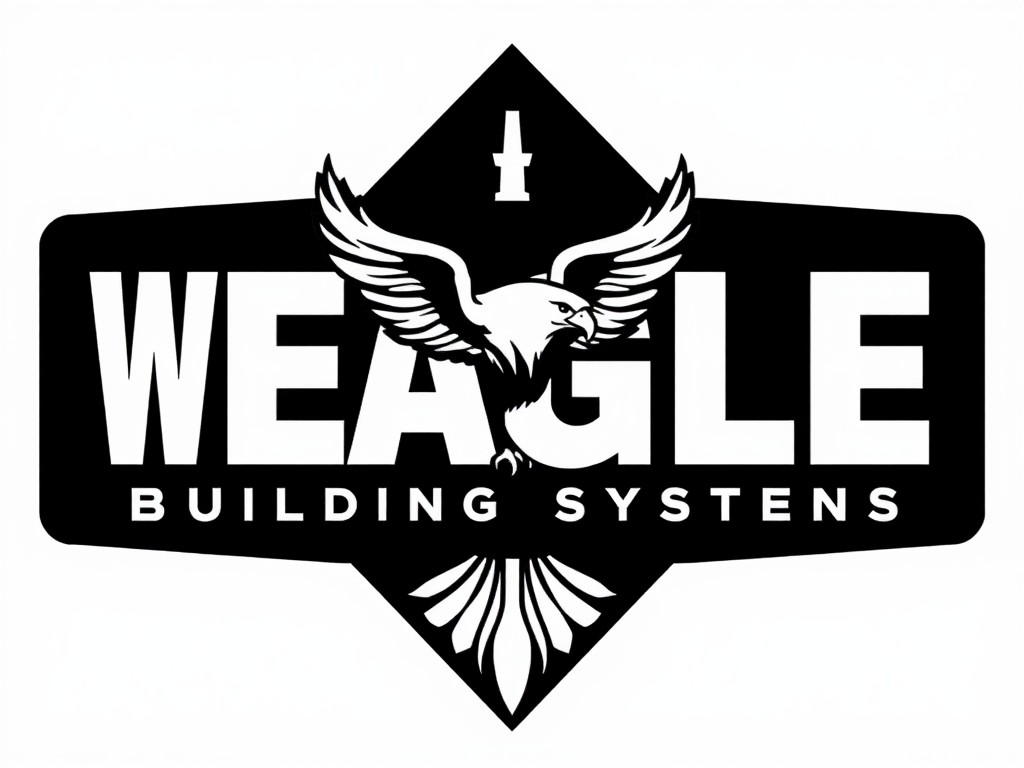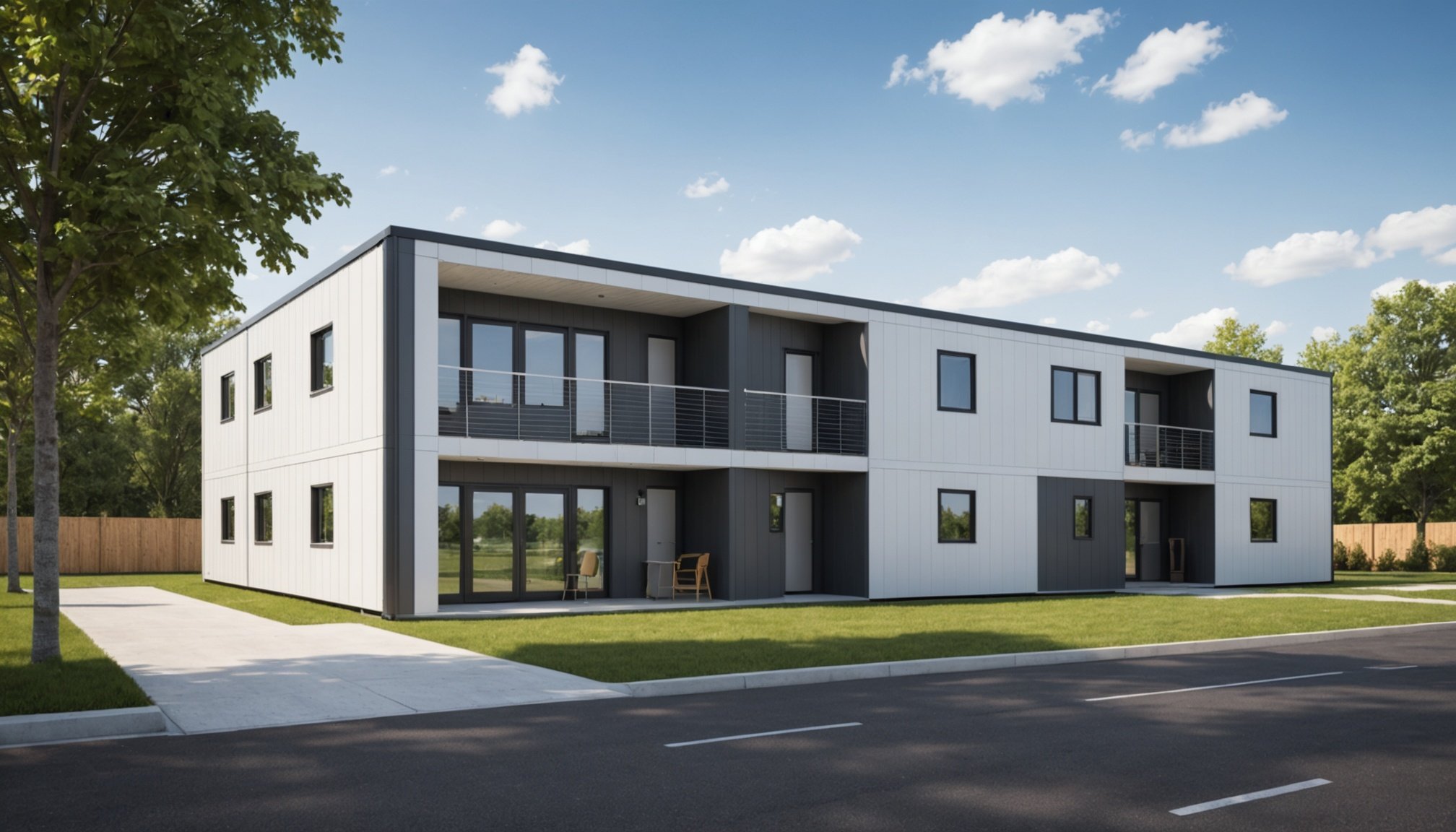Overview of Modular Construction
Modular construction is a process where building components are prefabricated off-site and then transported to the construction site for assembly. This innovative approach contrasts sharply with traditional methods where every phase occurs on-site. The definition of modular construction centers on its prefabricated nature, enabling quicker assembly times once modules arrive at their final destination.
Key features of modular construction include its efficiency and adaptability. Unlike traditional construction, which can be susceptible to weather-related delays, modular methods allow for simultaneous site development and module production. This dual-phase initiative frequently results in shorter project timelines and reduced labor costs.
Also read : Exploring Creative Financing Solutions for First-Time Homebuyers in Expensive Markets
One distinguishing feature is that modular construction maintains high-quality standards due to the controlled factory environment in which the modules are built. Stringent quality checks ensure that each module meets predefined standards before transportation, enhancing the overall quality of the building.
The benefits naturally extend across various sectors, such as healthcare, education, and residential development. These sectors experience increased flexibility in design and quicker completion times. Moreover, this method often results in decreased material waste and a smaller environmental footprint. Ultimately, modular construction offers a versatile, efficient, and sustainable alternative to traditional building methods.
Additional reading : Exploring Innovative Strategies for Revitalizing and Transforming Abandoned Urban Spaces
Speed of Development in Emergencies
In emergency situations, time efficiency is crucial. Traditional construction often faces delays due to varied challenges, whereas modular building allows for rapid deployment. Modular units are pre-constructed and transported to the site, significantly reducing overall development time compared to traditional builds.
Case Studies: Rapid Deployment Successes
Consider recent disasters where modular construction has played a vital role. For example, after a severe storm, a coastal town needed immediate shelter. Modular homes were assembled and deployed within weeks, providing necessary relief faster than traditional methods, which would have taken months. This rapid response showcases how speed can mitigate the impacts of disasters on affected populations.
Impact of Speed on Emergency Response
Emergency response efficiency improves drastically with rapid deployment. Timely construction of shelters, medical facilities, and other infrastructure can greatly alleviate distress. Speedy deployment not only meets urgent needs but also contributes to stabilizing communities quicker, reducing the disaster’s long-term impact. Emphasizing the role of modular construction in emergency situations highlights a practical, swift solution, enhancing resilience against future crises.
Cost-Effectiveness of Modular Solutions
In the realm of cost savings, modular solutions present a compelling case. When examining the costs associated with modular construction, the financial benefits become evident. Typically, modular construction can reduce project costs by up to 20% compared to traditional building methods. This budget efficiency stems primarily from the expedited construction process, where modules are prefabricated offsite and assembled quickly onsite. This approach decreases labor costs and minimizes potential for project overruns.
An intriguing aspect of modular construction is its adeptness in resource management. During emergencies, such as natural disasters, modular solutions can provide rapid and efficient housing or facility alternatives. Traditional building methods struggle under such pressures, often resulting in delayed responses. The swift assembly process of modular construction addresses this challenge, ensuring necessary structures are deployed promptly.
When conducting financial comparisons with conventional methods, one cannot overlook modular construction’s scalability and flexibility. Standardized module designs can be reused or adapted for numerous projects, further enhancing cost savings. As a result, organizations can allocate their budgets to other critical areas without compromising quality or speed.
In summary, modular solutions offer significant advantages in budget efficiency and resource management, establishing themselves as a viable and strategic option in both routine and emergency scenarios.
Flexibility and Adaptability of Modular Designs
Modular designs are celebrated for their remarkable adaptability, particularly in diverse environments where customization is vital. These structures are engineered to be modified to meet specific requirements, offering optimal space utilization. In emergency scenarios, when quick and efficient solutions are necessary, modular systems shine. For instance, they can be transformed into temporary shelters, hospitals, or command centers, providing critical infrastructure swiftly and effectively.
The ability to customize is a key element of modular constructions. It allows for seamless adaptation, ensuring that each unit can cater to the specific variability of needs that different situations present. Whether it’s adjusting the layout for a varied capacity or modifying facilities for specific functions, the modular approach ensures that space is maximized without compromising efficiency or convenience.
Moreover, the flexibility of modular designs plays a crucial role in disaster recovery efforts. Post-disaster, these structures can be rapidly deployed and reconfigured to aid in rebuilding lives and communities. They support a variety of uses from temporary housing to storage, showcasing their potential to quickly accommodate fluctuating demands. This adaptability enhances response efforts significantly, providing robust support precisely when and where it is needed most.
Quality Control and Safety in Modular Construction
Modular construction has transformed the building industry by emphasizing quality assurance and compliance with safety standards. Ensuring safety and quality in these projects involves multiple checks and scrutiny throughout the manufacturing cycle, from the factory floor to the construction site.
Quality assurance is pivotal in every phase of modular construction. Factories utilise stringent processes—like regular inspections, tests, and third-party certifications—to ensure each module meets the required safety and building codes. This focused approach helps maintain high-quality standards, making the final assembly process smoother and safer.
Safety standards in modular construction are distinct due to the unique nature of assembling prefabricated sections. Specialists monitor and manage risks associated with transportation and installation. The implementation of advanced safety protocols ensures that both workers and the structures themselves are protected throughout the building’s lifecycle.
In emergencies, the role of certification and adherence to local building codes is vital. Certified modules, adhering to established codes, ensure resilience against unforeseen incidents while facilitating quick recovery and repair efforts if required. Compliance not only enhances worker safety but also boosts public confidence, proving that modular methods are both innovative and secure.
Real-Life Applications and Case Studies
In recent years, modular construction has become a go-to solution for emergency situations due to its rapid deployment capabilities. For instance, after natural disasters, modular buildings have provided immediate shelter to displaced individuals. One notable case study involves the construction of temporary housing for flood victims. These units were erected in a fraction of the time required for traditional builds, showcasing the success of modular approaches in crisis management.
Another case study highlights the deployment of modular healthcare facilities during health emergencies. These facilities have played a pivotal role in expanding medical capacity swiftly, often coming equipped with all necessary utilities to operate immediately. Such examples underline the practicality and efficiency of modular construction in addressing urgent needs.
Testimonials from stakeholders provide further evidence of the benefits realized in these projects. A project manager involved in an emergency housing initiative praised the flexibility and speed of modular construction, stating that it allowed them to “deliver solutions well ahead of schedule.” Similarly, health administrators noted the “life-saving impact” of modular hospitals during health crises, illustrating the profound and positive outcomes achieved through this innovative construction method.
Comparison with Traditional Construction Methods
In the world of constructions, traditional methods and modular construction offer distinct approaches, each with unique benefits and limitations. Traditional construction relies on well-established techniques, including on-site building processes that involve a lot of manual labour. This can be advantageous because it allows for flexibility in design and the ability to adapt to complex architectural requirements. However, during emergencies, these methods often fall short due to extended project timelines and higher costs.
Key Differences
Traditional construction typically requires longer completion times due to on-site variables and intricate workmanship. In contrast, modular construction enables faster project completion, as components are pre-fabricated and assembled off-site.
Advantages and Disadvantages
Advantages of traditional construction include a proven track record of durability and the potential for high-quality craftsmanship. Nevertheless, its disadvantages are evident in scenarios demanding quick response and efficient resource allocation, such as disaster recovery efforts.
Implications for Disaster Recovery
Choosing between construction types impacts disaster recovery significantly. Traditional methods may hinder rapid rebuilding efforts due to their slower pace and dependency on weather conditions. Opting for modular construction could present a more efficient alternative to address urgent needs during post-disaster reconstruction phases.
Expert Opinions and Industry Insights
Delving into expert analysis, it’s clear that modular construction offers promising solutions for emergency responses. Industry professionals, such as well-regarded architect David Riley, assert that modular systems provide crucial flexibility. “In moments of crisis,” Riley notes, “the ability to rapidly deploy housing solutions is unmatched by traditional methods.” This highlights the professional opinion that modular construction can become integral to disaster management.
Analyzing future trends, the consensus among experts like civil engineer Sarah Lewis is a shift towards customizable modular units. Lewis emphasizes their adaptability: “Different emergencies require varied setups, and modular construction is built for such versatility.” This perspective underlines the potential of modular systems to evolve beyond standard designs, catering to specific needs during disasters.
Furthermore, industry perspectives suggest that integrating these modular methods effectively into disaster planning involves strategic placement and resource management. Expert recommendations include establishing a network of pre-approved sites and stockpiles that can be activated swiftly. Such insights underscore the importance of preparedness.
Overall, these insights provide a comprehensive view of how modular construction not only meets current needs but could also transform future emergency responses by embodying adaptability and precision in planning.











